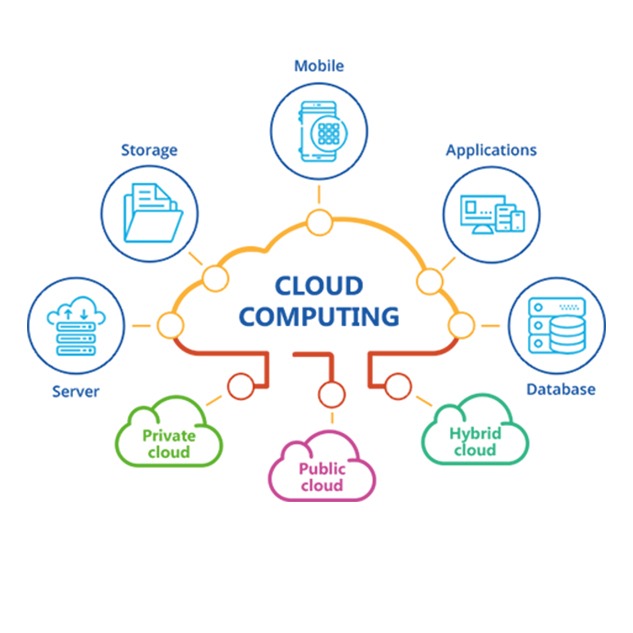
Cloud computing architecture empower organizations to reduce or banish their dependence on on-premises server, storage, and networking infrastructure.
Organizations are adopting Cloud Architecture often shifting IT resources to the public cloud, eliminating the need for on-premises servers and storage, and reducing the need for IT data center real estate, cooling, and power, and replacing them with a monthly IT expenditure. This shift from capital expenditure to operating expense is a major reason for the popularity of cloud computing in today’s competitive life.
Cloud architecture refers to the underlying infrastructure and components—data center hardware, virtualization, applications, and services—that support your cloud. The components of a cloud architecture include:
- A front-end platform (the client or device used to access the cloud)
- One or more back-end platforms (servers and storage)
- A cloud-based delivery methodology
- A network to connect cloud clients, servers, and storage
These technologies, together create a cloud computing architecture on which applications can run, providing end-users with the ability to leverage the power of cloud resources. Although the term cloud computing is relatively new (21st century), the concept of cloud computing is very similar to mainframe computing, popular since the 1960s, where centralized servers ran applications that were used by ‘dumb’ terminals connected to a private network.
There are 4 main types of cloud computing: private clouds, public clouds, hybrid clouds, and multiclouds. There are also 3 main types of cloud computing services: Infrastructure-as-a-Service (IaaS), Platforms-as-a-Service (PaaS), and Software-as-a-Service (SaaS). Each of these has its own benefits and key features.
- Software as a Service (SaaS):SaaS architecture providers deliver and maintain applications and software to organizations over the Internet, thereby eliminating the need for end users to deploy the software locally. SaaS applications are typically accessed via a web interface available from a broad variety of devices and OSes.
- Platform as a Service (PaaS):In this cloud model, the service provider offers a computing platform and solution stack, often including middleware, as a service. Organizations can build upon that platform to create an application or service. The cloud service provider delivers the networks, servers and storage required to host an application while the end user oversees software deployment and configuration settings.
- Infrastructure as a Service (IaaS):In this, cloud at its simplest form, a third-party provider eliminates the need for organizations to purchase servers, networks or storage devices by providing the necessary infrastructure. In turn, organizations manage their software and applications, and only pay for the capacity they need at any given time.
It’s time to put data at the center of your business. Becoming a data- driven enterprise starts with a shift in mindset. It’s time to move from a siloed, proprietary, and retrospective approach to a unified, available, and answer-oriented model. In other words, data (and the intelligence that comes from that data) must become the central focus of your business. Limited Value Analytics Traditional analytics approaches restrict the value of your data and hold your business back Unlimited Value Analytics Sunshine Learning & Technologies helps you unlock continuous, unlimited value across your business.
Data is your most valuable asset. But only if you make the most of it. Global business spends billions each year on data. But all too often that money goes to management and incremental improvement, with a relentless focus on cost savings. And that’s the problem. Data is seen as a cost to be managed, instead an asset to be leveraged to drive enterprise growth. Sunshine Learning & Technologies, delivers a connected data analytics ecosystem that’s ready today to deliver the future for your business. Beyond insights, orchestration.
Sunshine Learning & Technologies orchestrated approach enables us to solve the biggest challenges and most complex, end-to-end problems using data analytics at hyperscale. But beyond that, when you design data for reuse, it enables a unified view across your entire business. Sunshine Learning & Technologies enables a powerful data analytics ecosystem—orchestrating every action and initiative, optimizing business execution, driving growth and value.
